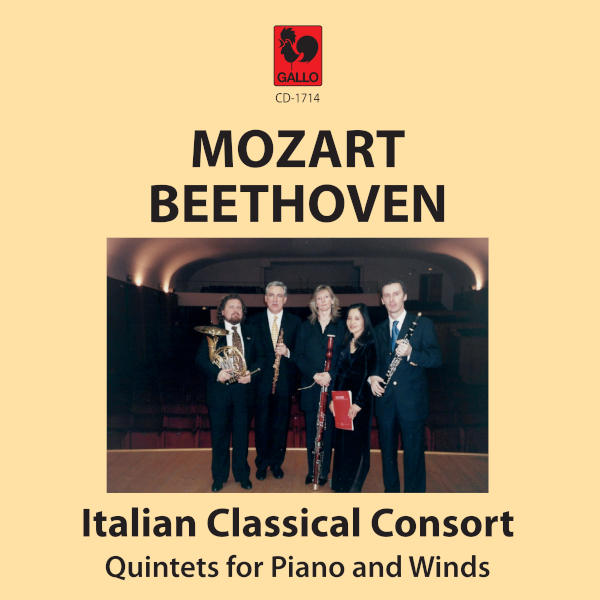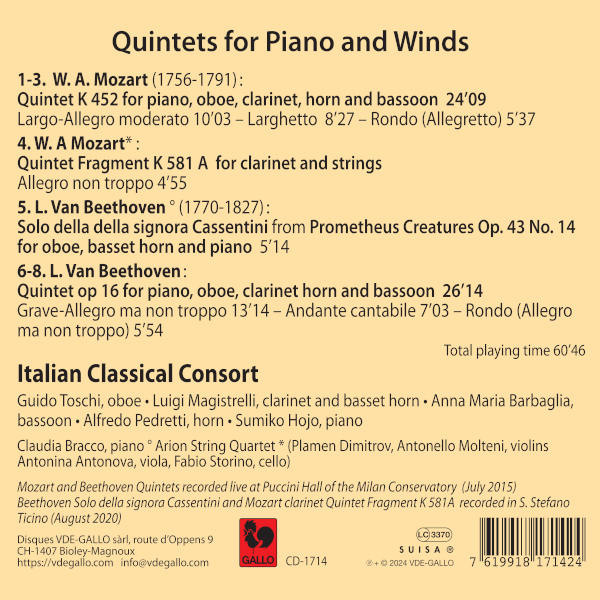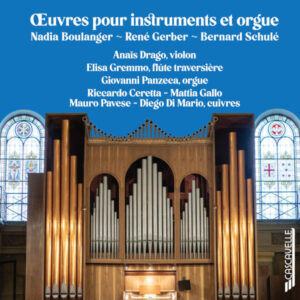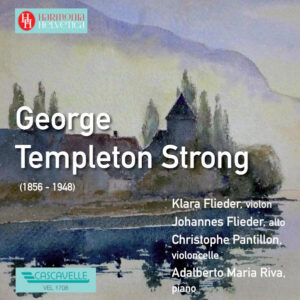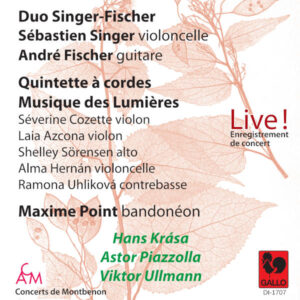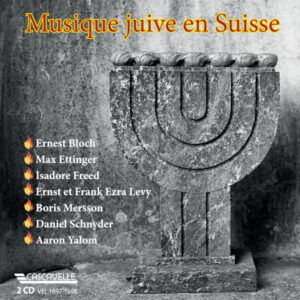Without any doubt, Mozart, with his unique inspiration of a genius, was experimenting with new instrumental combinations with amazing results. No wonder that the clarinet, which he loved so much (see his two masterpieces, Quintet K 581 and Concerto K 622), was often an instrument used for his new experiments. His Kegelstatt Trio K 498, involving clarinet, viola, and piano, was, for example, one of them.
Quintet K 452 with piano and winds, excluding the flute which was an instrument not particularly loved by him, came a bit before the trio and was highly praised by the composer himself. He defined it in a letter written to his father (where he also cited his two piano concertos K 450 and 451 written in the same period) as the best composition he had ever written at that time. The quality of this wonderful work is indeed so high that we can compare it to his most celebrated piano concertos (K 466, K 482, K 488, K 491, and K 595, to cite a few of them). In fact, the writing of this quintet is clearly intended as a sort of piano concerto where the accompaniment is made by only four winds. On the other hand, winds are treated in his piano concertos as concertante instruments, always alternating the phrases of the piano with significant thematic figurations. In this Quintet K 452, the typical Sonata form is present with a brief initial majestic introduction, followed by a serene and witty allegro where the piano has lovely conversations with its partners. The Adagio has beautiful meditative themes, and the allegro has a rondo form, with cheerful passages and other characteristics present in his piano concertos.
The Fragment K 581A is an unfinished piece completed in modern times by different composers. I chose the one by the French composer F. Laloe. The theme of the Ferrando Aria from the opera Così fan tutte has been used in this fragment, which would require a basset clarinet in A, having only a few low notes to produce. In the opera, two very unusual, almost never used before, basset clarinets in B-flat are in the orchestra.
The basset horn obligato solo part from Beethoven’s ballet The Creatures of Prometheus (1801) was addressed to a Viennese clarinet and basset horn player, Joseph Friedlowsky (1777-1859), member of the Vienna Tonkünstlerverein. He also arranged Beethoven’s Horn Sonata for basset horn. This nice and effective duet with oboe and basset horn (called Solo della signora Cassentini), accompanied by the orchestra, has both highly melodic and virtuosic parts. The Beethoven Quintet op. 16 from 1796 and 1797, dedicated to Prince Joseph zu Schwarzenberg, was later adapted by the same composer for piano and strings in order to offer better performance opportunities to the piece. It is clear that the composer intended to imitate the Mozart quintet, written earlier. The formal structure and keys of the three movements are identical to the Mozart quintet, with a late classical style. In this quintet, the piano writing is even more virtuosic, especially in the last movement. Both are truly pure gems and masterpieces to be placed in the category of rare chamber music. Other composers, including Pleyel, von Lannoy, Witt, Grund, Splinder, and Verrey, later wanted to imitate these two unique quintets with the same instrumental combination, of course not reaching the same high level!
Luigi Magistrelli
